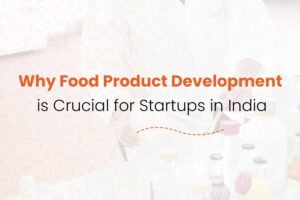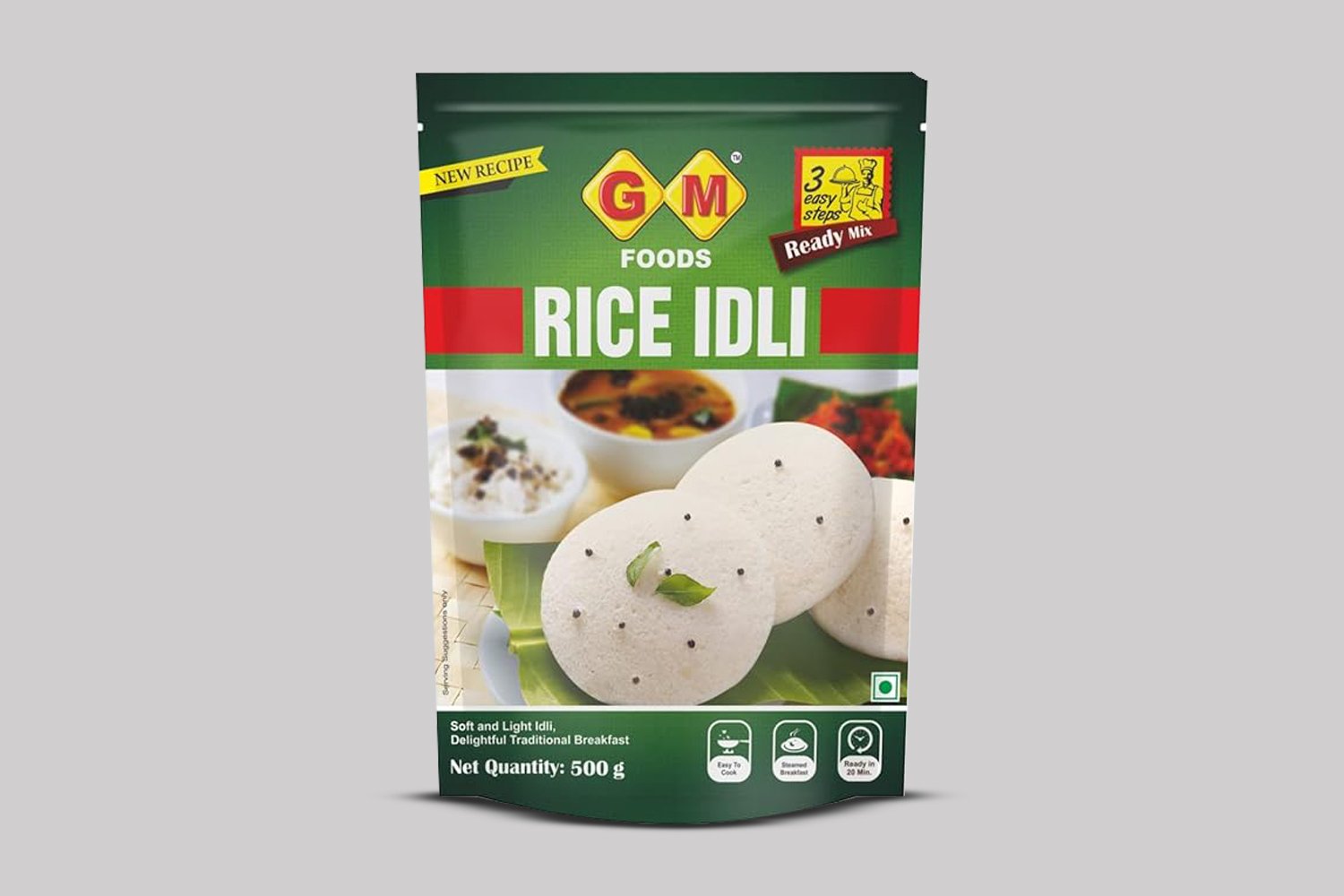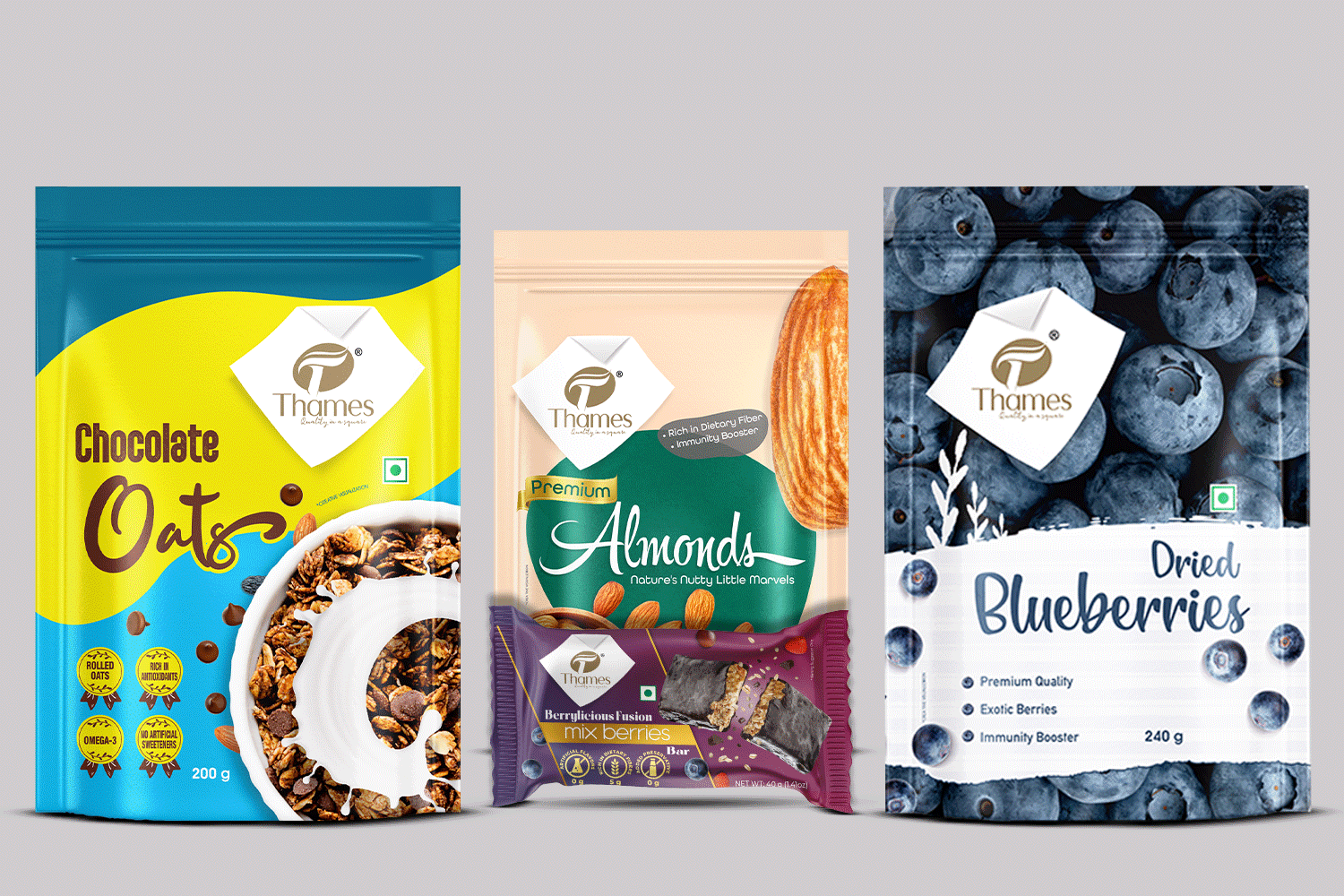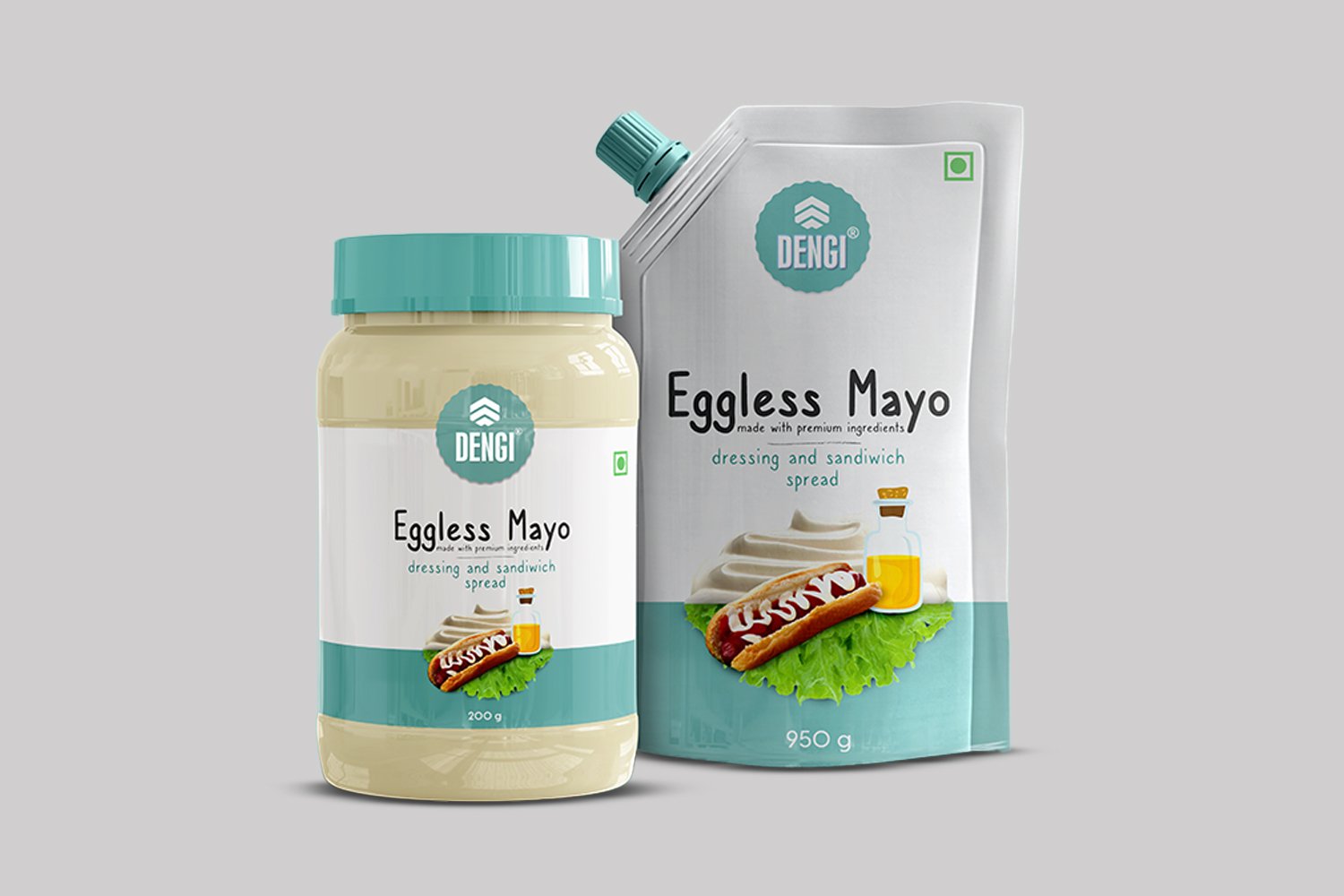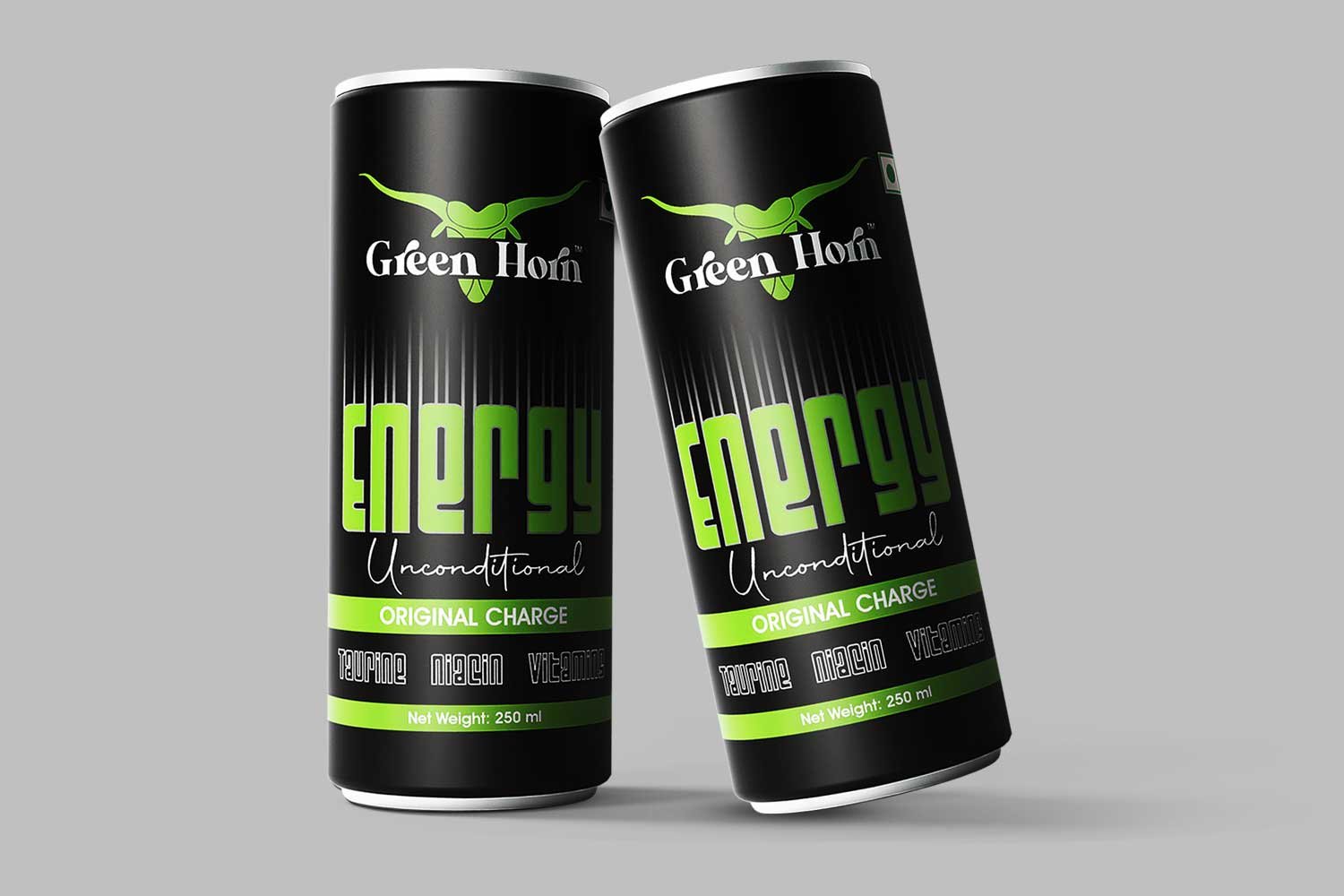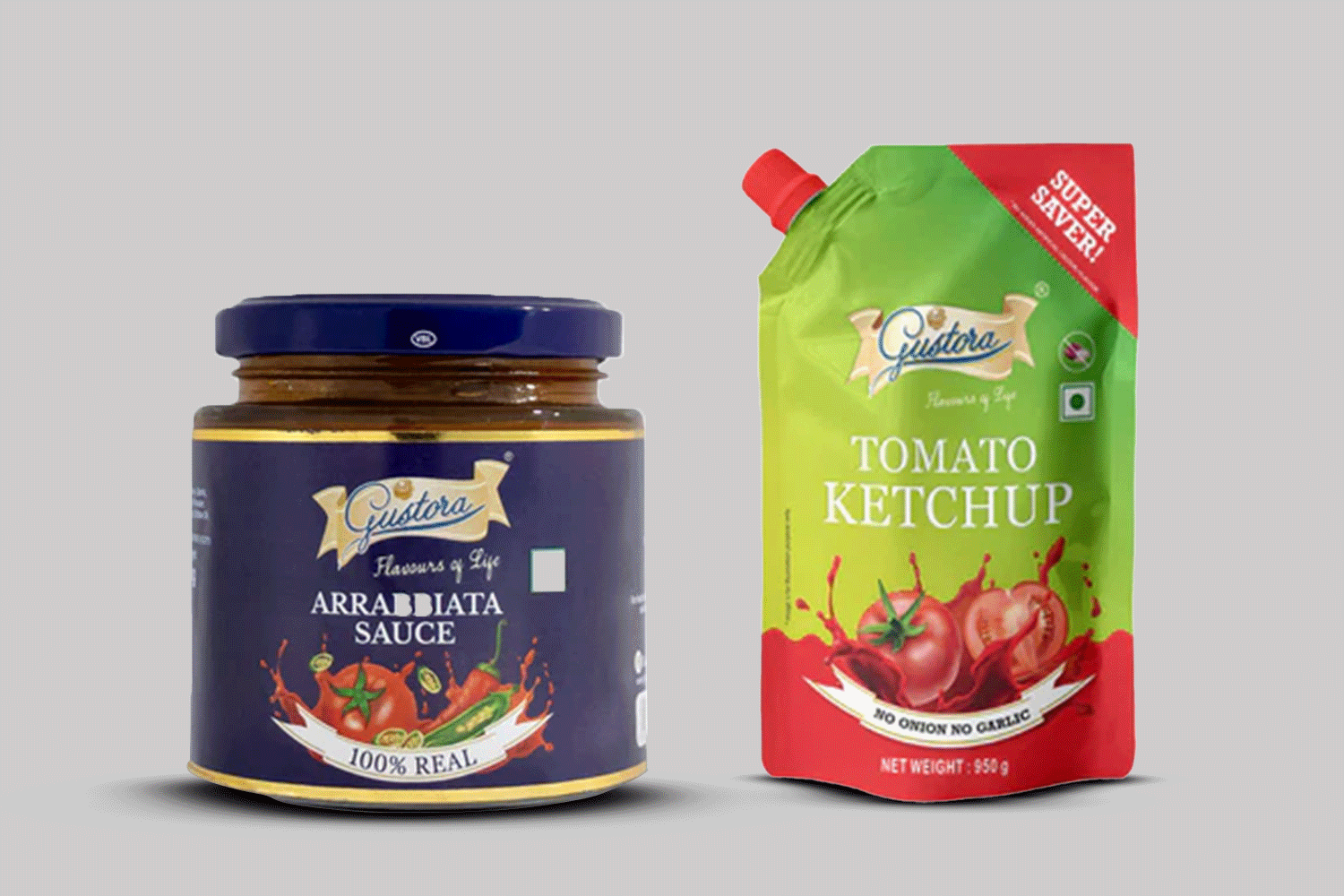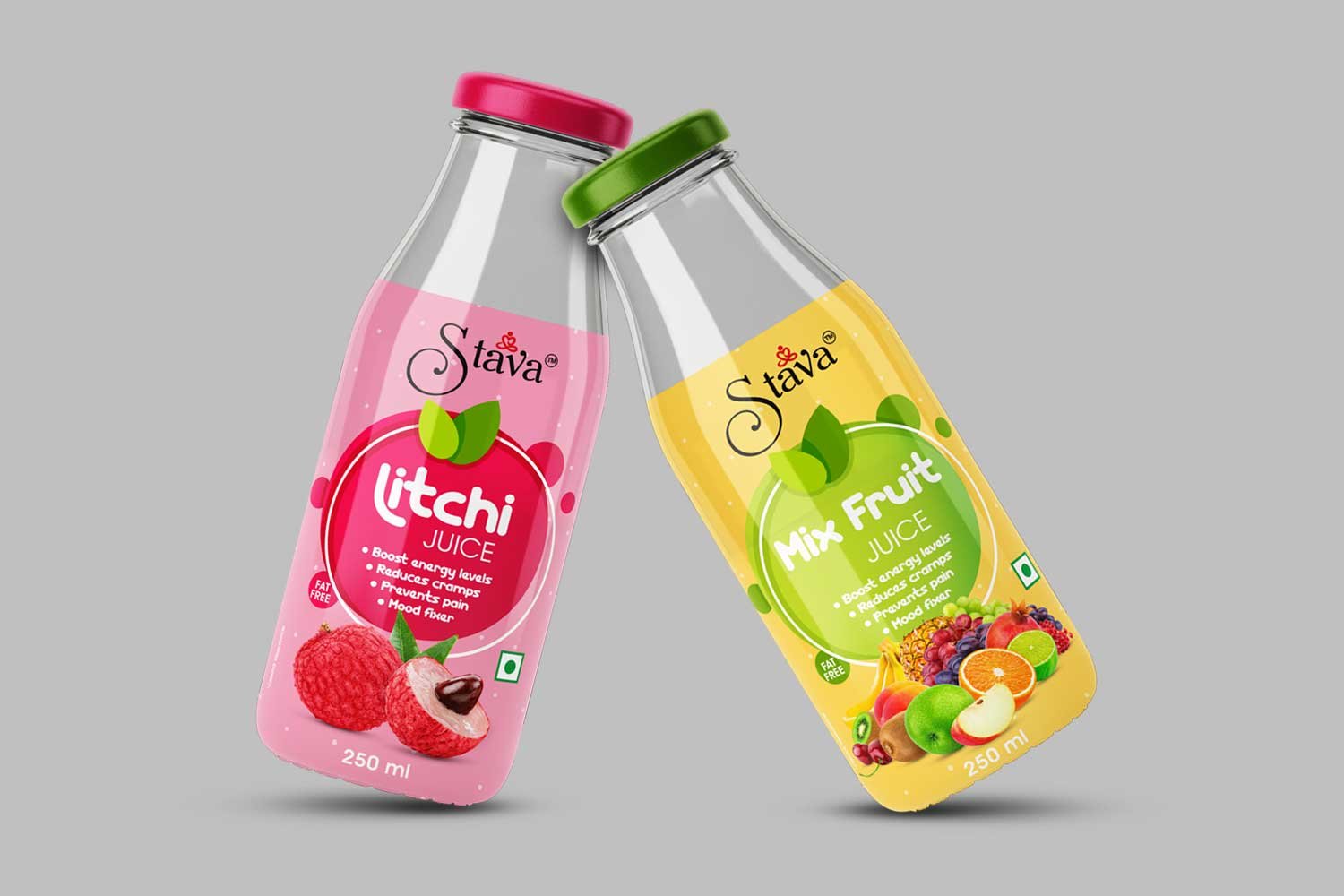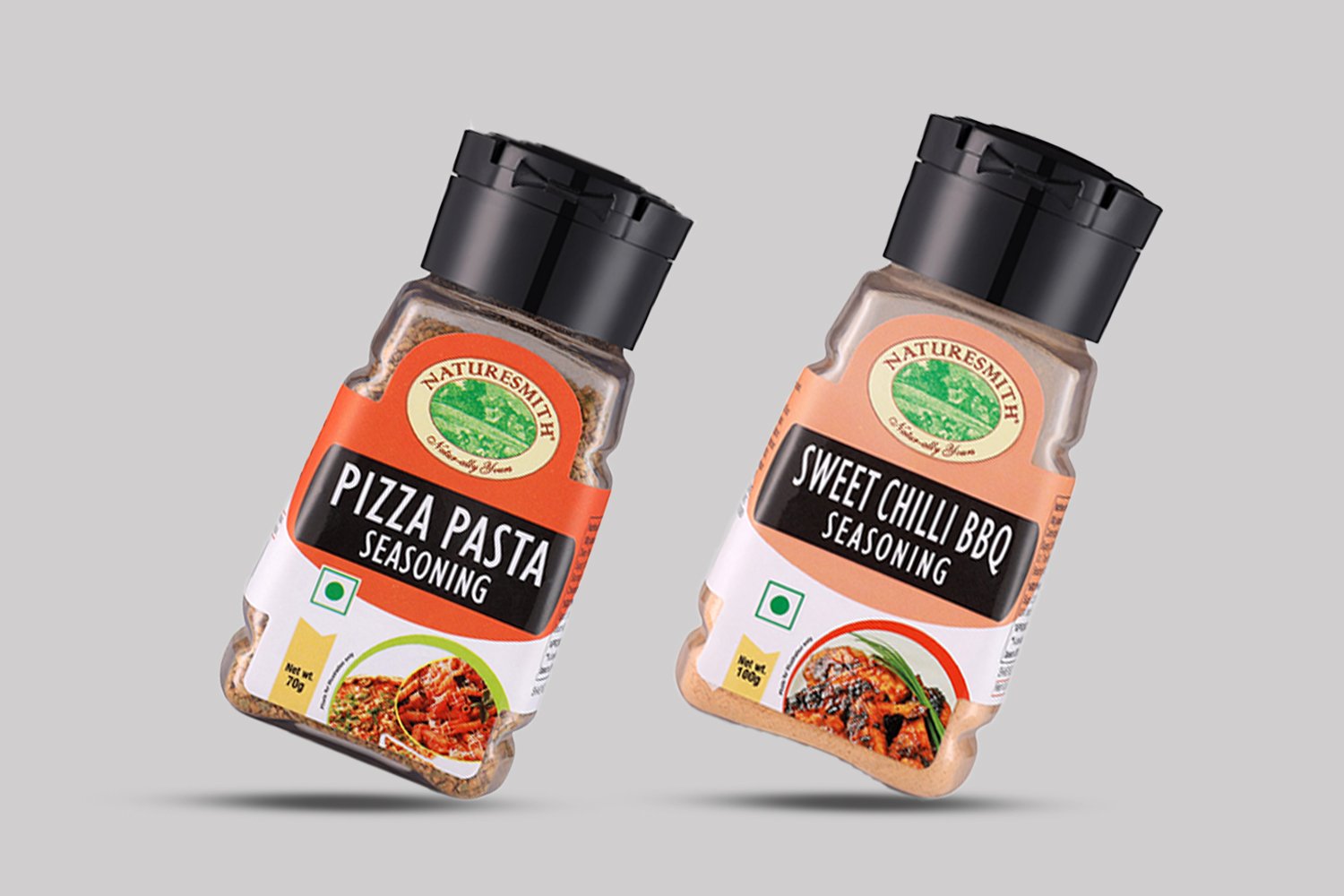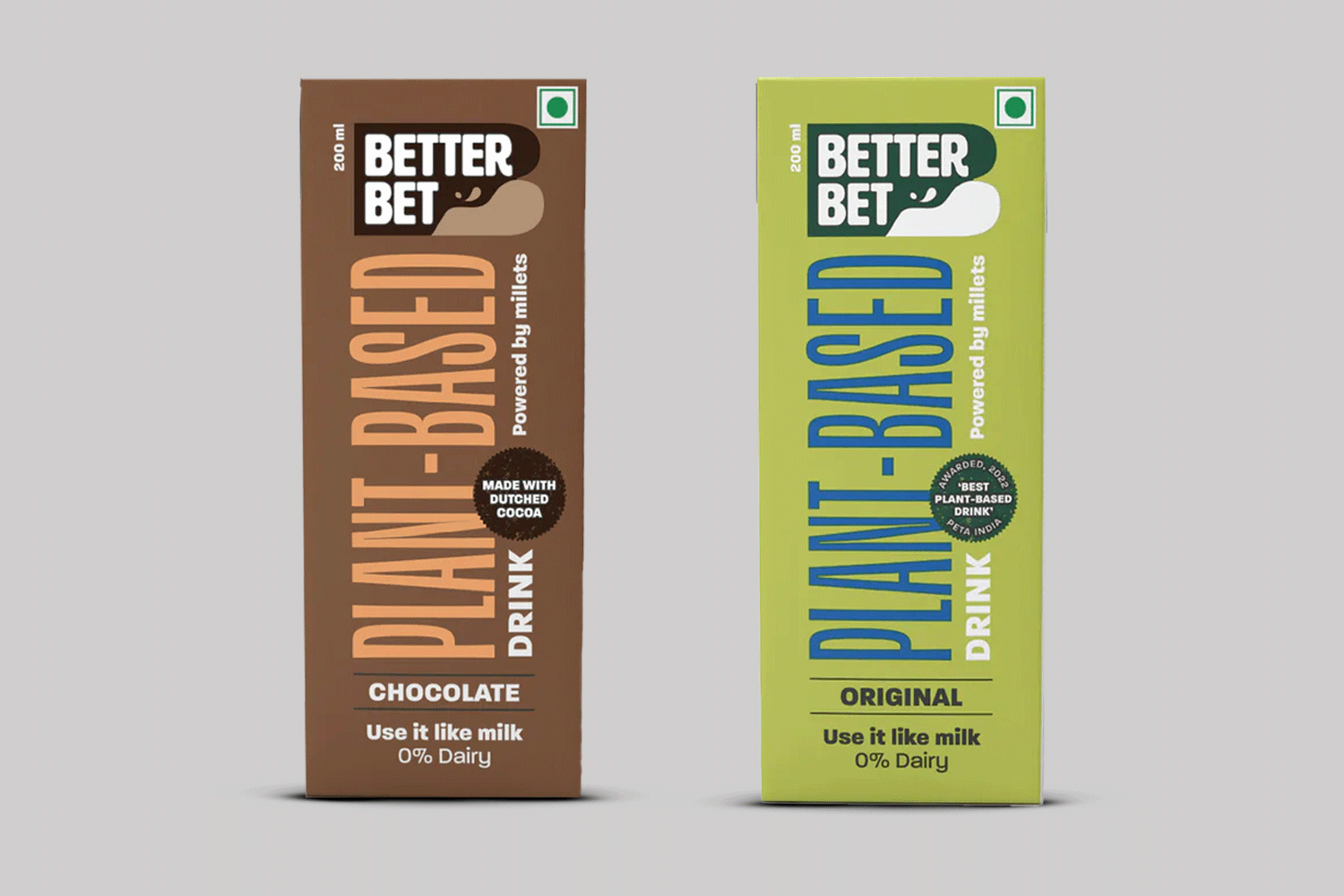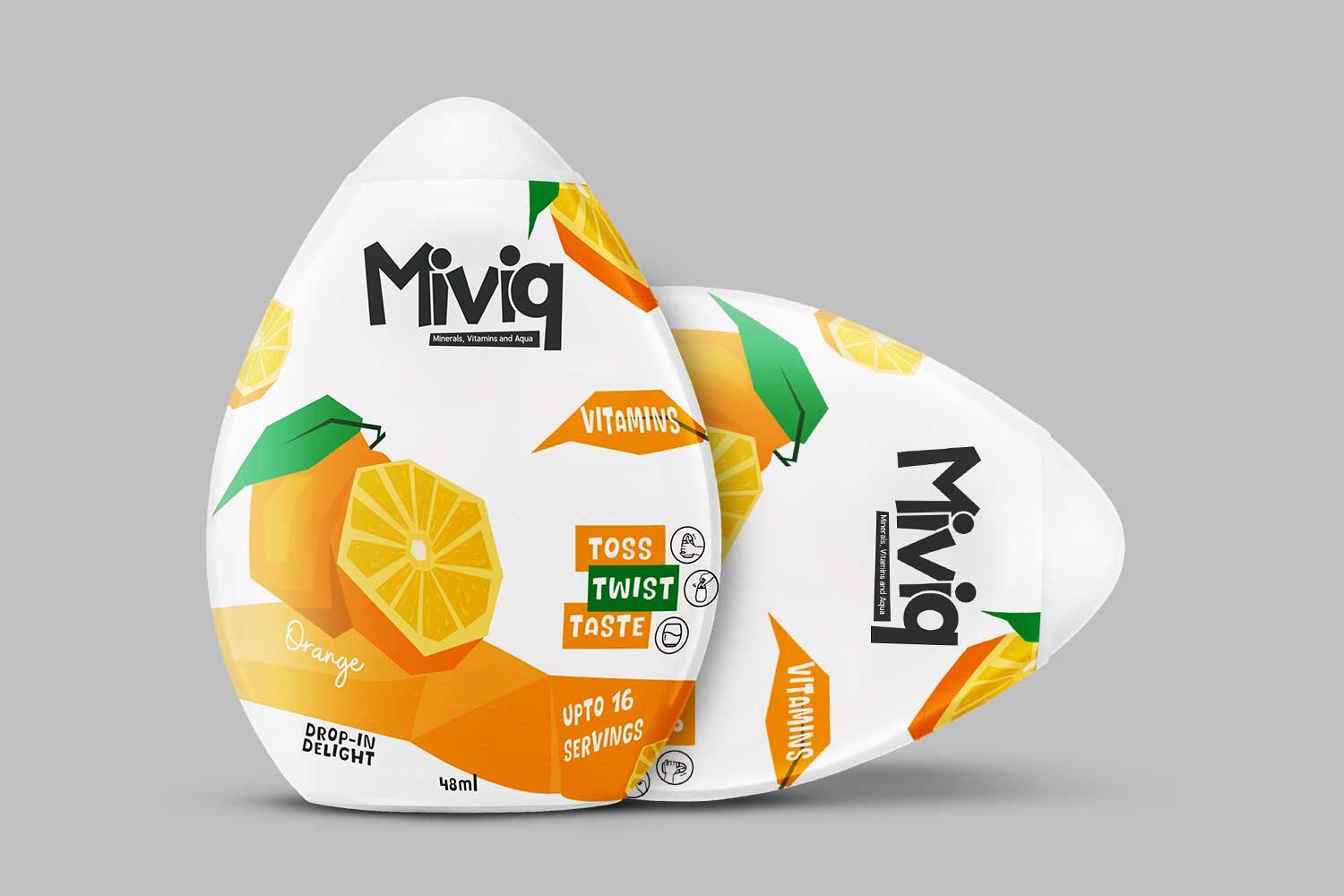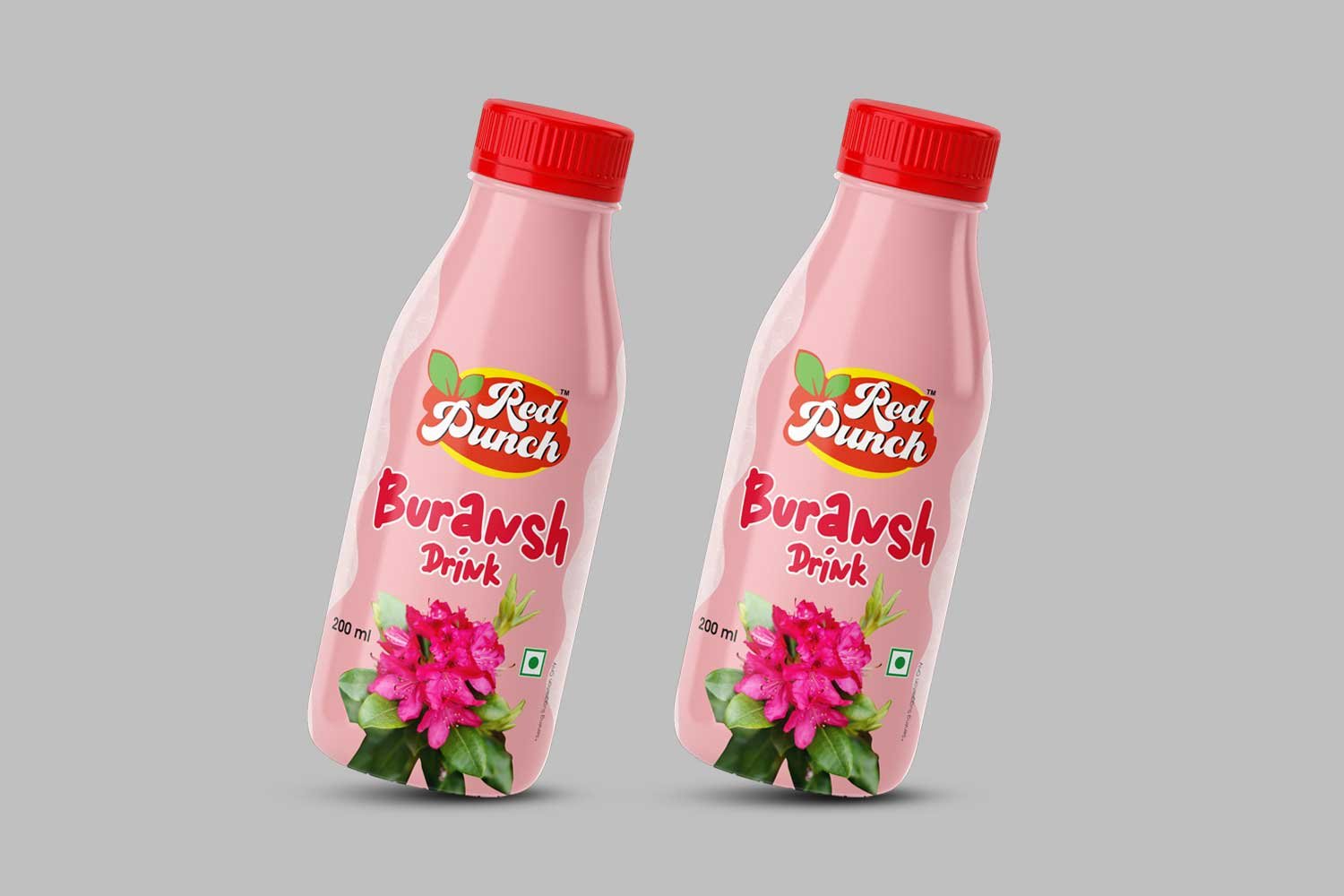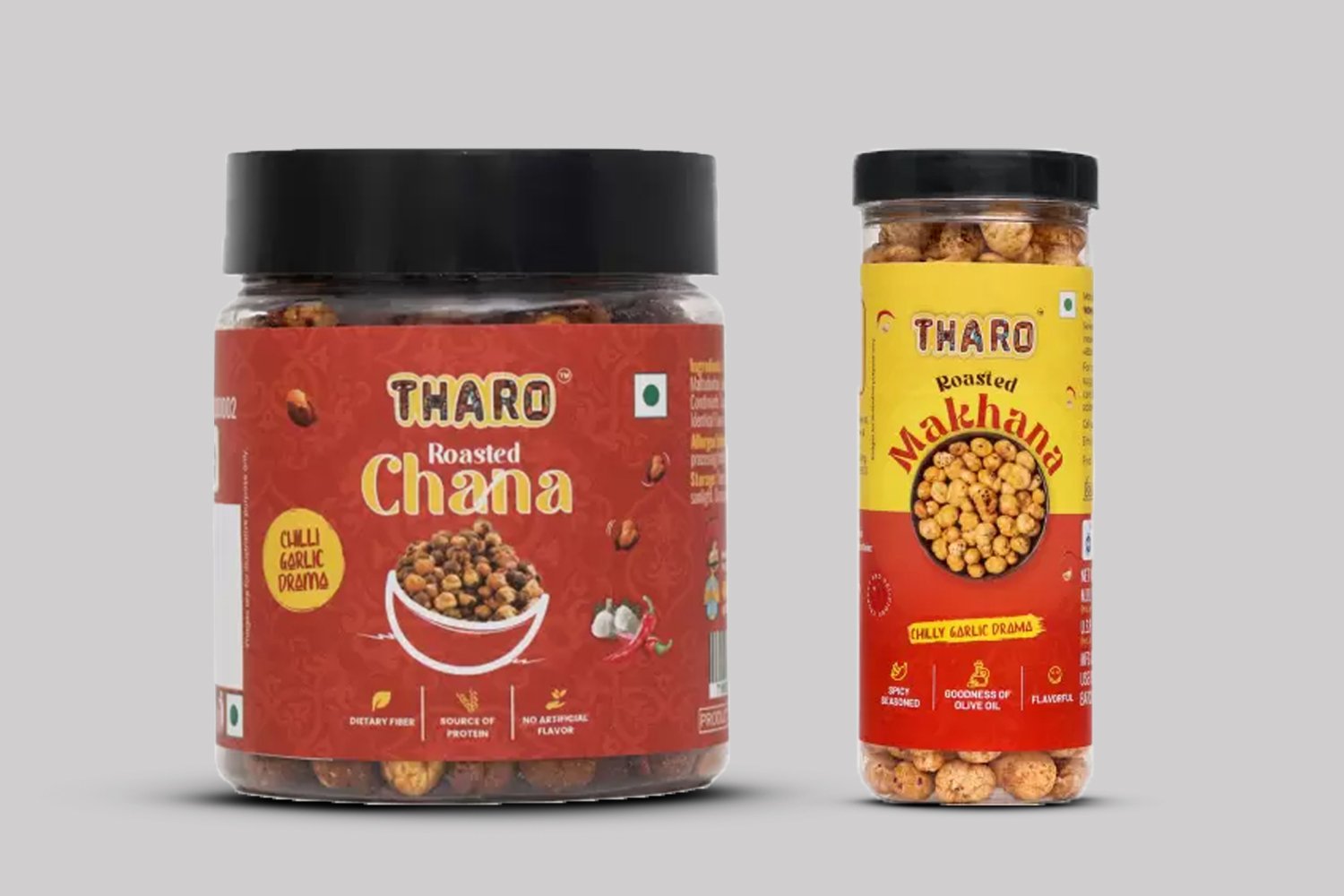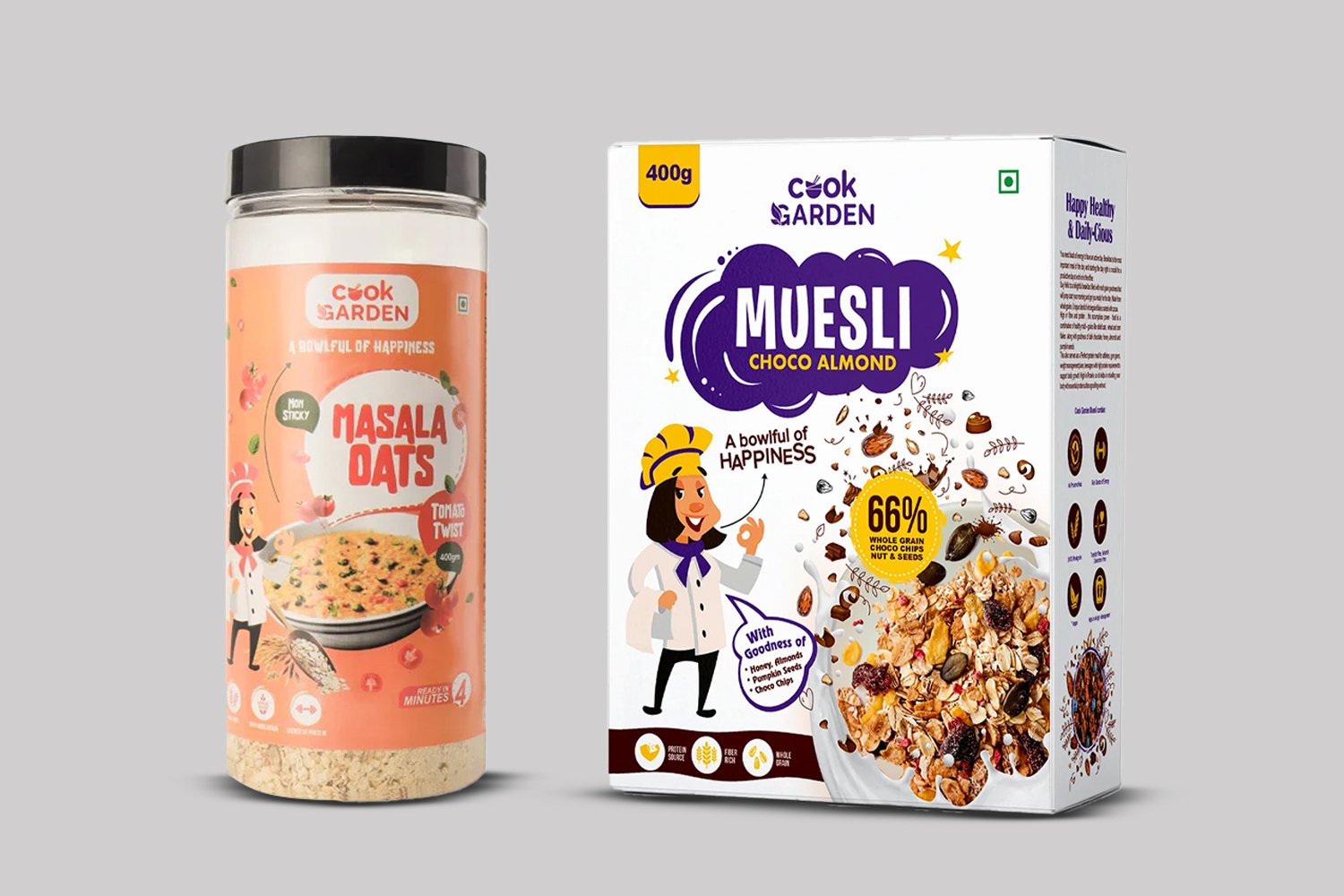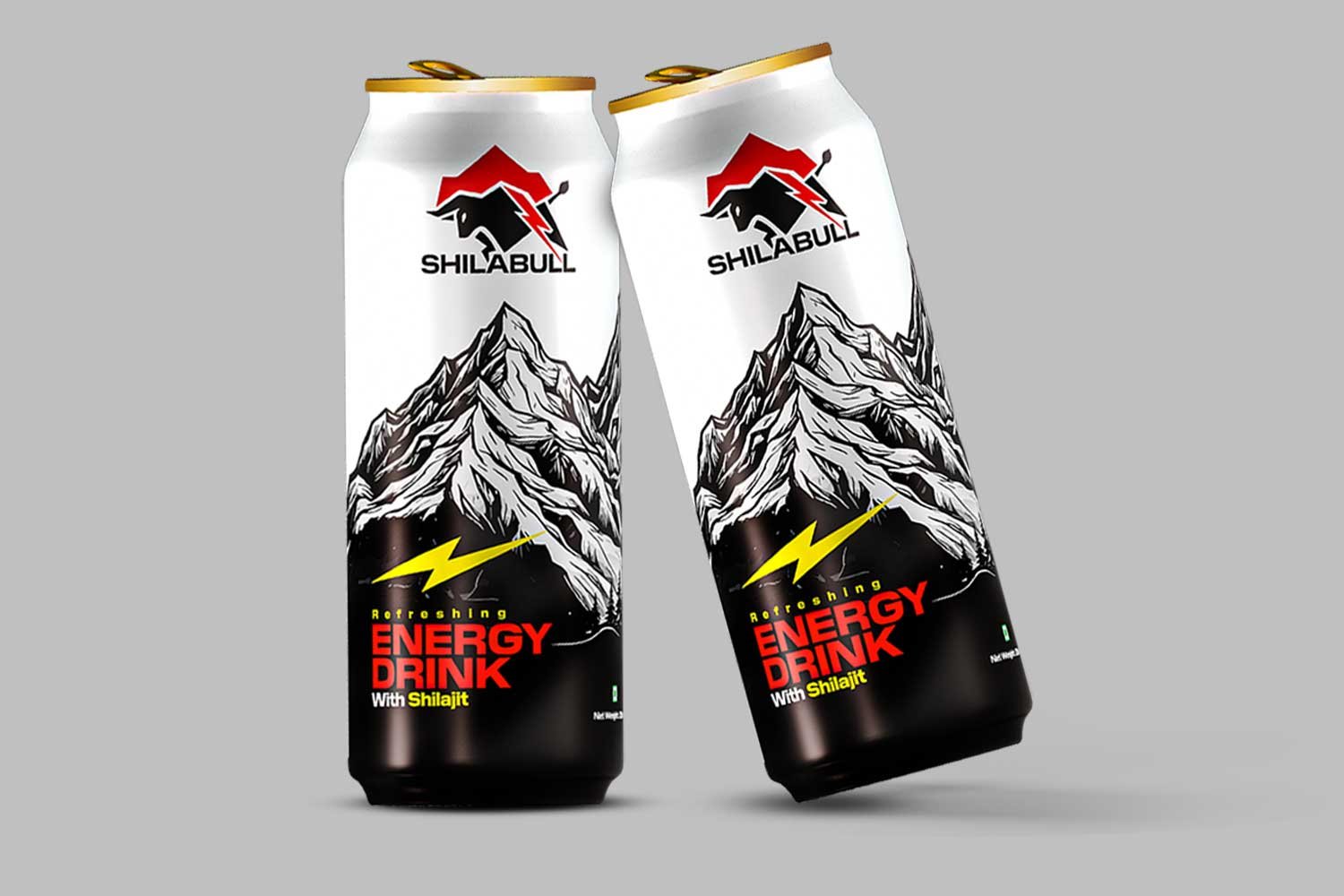Starting a food product formulation from scratch and taking it to the market in just 90 days may sound daunting, right? But guess what? Everything is possible. With the right strategies, process, and knowledge, it is all absolutely achievable. What you need is the right expert food technology consultant. No matter whether you’re launching a food startup in India or looking to expand an existing food brand, what you need is methodical planning, perfecting your recipe, aligning with market needs, and perfect execution.
This guide will be your key to unlock the success for your brand, from conceptualizing your food product to launching it in the market in just 90 days. All is available here. Get ready for the food recipe formulation. Give it a read and make your planning clearer.
Food Product Formulation Market Insights (2024–2025)
- According to the research in 2023, the market size of the packaged food sector was around 2.8 billion U.S. dollars in India. The size of the packaged food market is likely to reach about 6.4 billion U.S. dollars by 2029.
- The global health and wellness food market was valued at USD 962.32 billion in 2024 and is projected to nearly double, reaching USD 1,989.01 billion by 2032.
These market insights will help you know about the food market and can work as a suggestion factor for you to decide on your new food product development.
Why Food Product Development is Crucial for Startups in India
With increasing competition in the food sector in India, startups need to be innovative, responsive, and strategic. Be it is, rising trend of health-conscious eating or the demand for plant-based products, food startups must stay ahead of consumer needs. Effective food product development makes sure that a startup can provide a high-quality, scalable product that resonates with the target audience.
Your 90-Day Food Product & Brand Launchpad
| Phase | Timeline | Key Activities | Deliverables | Did You Know? |
| Ideation & Planning | Day 1–7 | Market research, USP identification, competitor analysis | Product idea brief, brand direction | 90% of successful food brands start with a strong differentiation strategy. |
| Recipe Formulation | Day 8–20 | Recipe R&D, tasting, nutritional profiling | Finalized recipe + nutritional chart | Taste and texture are the top reasons for product loyalty in F&B. |
| Product Validation | Day 21–30 | Shelf-life testing, pilot sampling, and focus group feedback | Lab test reports + feedback summary | Testing with 20+ users can improve your product’s success by 60%. |
| Packaging & Design | Day 31–45 | Labeling, brand identity, and packaging selection | Packaging prototype, barcode, FSSAI mark | 70% of consumers decide to buy based on packaging appeal. |
| Manufacturing Setup | Day 46–60 | Vendor finalization, co-packer alignment, production planning | Co-manufacturing agreement, cost sheet | Co-manufacturing reduces launch cost by up to 50%. |
| Licensing & Compliance | Day 61–70 | FSSAI, GST, MSME, Trademark filing | All required licenses and certificates | Non-compliance can delay market entry by 2–3 months. |
| Marketing Prep & Launch | Day 71–90 | Photoshoot, social media plan, influencer tie-ups, distribution tie-ups | Digital assets + Go-to-market strategy | Brands with a pre-launch buzz sell 2x more in the first month. |
Phase 1: Ideation & Concept Development (Days 1-15)
Setting Clear Goals for Your Food Product Development
What exactly can be the game-changing aspects for you is setting clear goals for your food product development. Before starting the development process, make sure what you want. What problem does your product solve? Is it targeting a specific diet or lifestyle, like veganism or keto? Establishing goals will help direct your efforts, including choosing ingredients and defining product positioning.
Find What’s Missing in the Market
Research is important for better knowledge about market trends and consumer preferences. In India, trends like plant-based foods, low-sugar products, and healthy snacks are gaining popularity. Understanding these trends can guide your product concept and ensure it aligns with consumer demands.
How to Research Consumer Preferences
Engage in primary research by conducting surveys, focus groups, or interviews with potential customers. Work on competitors’ products and customer reviews to see what works and what doesn’t.
Brainstorming Recipe Ideas
Use creative brainstorming techniques, working with a food recipe formulation company or food R&D experts to develop a unique product concept. Explore various flavor profiles and ingredients that align with market trends and your target audience.
Defining Your Unique Selling Proposition (USP)
Your USP will help differentiate your product from competitors. Is your product more nutritious, cost-effective, or environmentally friendly? Defining your USP early will serve as a foundation for your marketing strategy.
Phase 2: Recipe Formulation & R&D (Days 16-30)
The Role of Recipe Formulation in New Food Product Formulation
Recipe formulation is the heart of new food product development. It makes sure the product tastes great, is safe for consumption, and is cost-friendly. The recipe development process is key in creating a marketable and scalable product.
Ingredients Selection and Sourcing
Choosing quality, cost-friendly ingredients is important. Research and select ingredients that meet your product’s needs while following regulatory guidelines. Working with suppliers who can deliver consistent, quality ingredients is important for scalability.
Working with a Recipe Formulation Company
Collaborating with a recipe formulation company or food R&D firm can provide expertise in choosing the right ingredients, formulation optimization, and testing. These companies have the necessary knowledge to make sure your product follows health standards, taste profiles, and market demands.
Key Considerations in Recipe Testing
Testing is an main process that includes the final touch to the recipe. This stage allows you to check flavor, texture, and appearance. It is important to document every detail to maintain consistency when scaling up production.
Balancing Taste, Texture, and Flavor Profiles
To get the perfect balance of taste, texture, and aroma is important for success. Whether it’s crunchy or creamy, each element should align with consumer expectations and enhance the product experience.
Creating a Scalable Recipe for Mass Production
A recipe must be scalable for mass production. As you adjust quantities for larger batches, you must make sure that the final product maintains the same taste and quality. Proper documentation and standardization are key to achieving this.
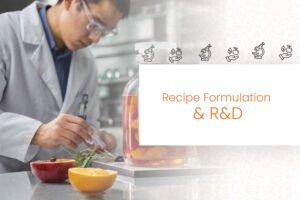
Phase 3: Testing and Refinement (Days 31-45)
Conducting Product Testing: Taste and Freshness Checks
This phase is all about testing and providing the best on the table. Sensory testing helps find how the product performs in terms of taste, texture, appearance, and smell. Moreover, shelf life testing makes sure the product remains safe and fresh.
Gathering Consumer Feedback and Insights
How would it be if you got insights about your food product formulation before launching? Conduct taste tests and surveys with potential customers to gather feedback. This stage can be helpful for you to find the best outcome.
Tweaking Your Recipe After Testing
Make adjustments to your recipe as per your consumer feedback and product testing. This stage can help you a lot in a successful launch. This may include tweaking flavors, changing ingredients, or altering cooking techniques.
Costing and Pricing Analysis
An expert food recipe consultant can help you perfect the cost and pricing analysis. Now that you have a finalized recipe, do a perfect costing analysis. This stage includes calculating production costs, including ingredients, labor, and packaging, to get the final price point.
Keeping Your Recipe Tasty and the Same Every Time
The final product is key to building consumer trust. Make sure that your recipe is refined for mass production without compromising quality.

Phase 4: Regulatory Compliance & FSSAI Approval (Days 46-60)
Understanding FSSAI Guidelines for Food Startups in India
The Food Safety and Standards Authority of India (FSSAI) sets rules and regulations for food safety and quality in India. Your recipe or food product must meet standards before bringing it to market. This will make sure that your product is safe to use.
Labeling Laws and Packaging Compliance
Your product label must have the right information, including nutritional facts, ingredient lists, allergen declarations, and expiry dates. Non-compliance can lead to legal issues and consumer mistrust.
Ingredients You Can’t Use & Allergens You Must Mention
Make sure your product relates to banned ingredient lists and allergen regulations. This is important for consumer safety and legal rules.
FSSAI Licensing and Registration Process
Before selling your food product in the market, you must get the right FSSAI license or registration, on the basis of your business size. Make sure you submit all necessary documents and meet safety standards.
Making Sure Your Food is Safe and Healthy to Eat
We work closely with regulatory experts to make sure your food product formulation is safe for consumption and meets all FSSAI guidelines.
6. Phase 5: Packaging Design and Branding (Days 61-75)
Importance of Packaging Design in Food Product Development Success
Packaging is always the first impression a consumer has of your product. Attractive, functional packaging can drive sales and establish brand recognition. We make sure that your packaging designs stay in people’s hearts forever.
Selecting the Right Packaging Materials
Choose packaging materials that save your product’s freshness and are sustainable. Consider eco-friendly packaging as it matches current consumer trends. We can help you with the best guidance possible for this.
Designing Attractive, Functional Packaging
Your packaging should be visually appealing while being practical. It should convey your brand message, attract attention, and protect your product.
Brand Identity and Positioning for Your Food Product
Define your brand identity and positioning. How do you want consumers to perceive your product? Is it premium, eco-friendly, or health-conscious? Choose the best solution for your consumers with us.
How to Choose a Good Branding Strategy for Food Startups in India
Develop a branding strategy that resonates with your target audience. A strong brand will differentiate your product from competitors and will stay forever in customers’ hearts. Again, we are here, so get ready for the excellent performance.
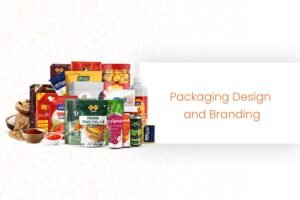
7. Phase 6: Production Planning and Scaling (Days 76-85)
Transitioning from Prototype to Production
Now that your recipe and packaging are done perfectly, it’s time to scale production. Make sure your production processes are structured and smooth so that they can take you towards success.
Setting Up Production at Scale
You must check whether you need small batch production or mass production. This can be done as per your aims and target audience theory. Work with a reliable manufacturer who can handle your scaling needs.
Finding the Right Manufacturing Partner
This is the crucial factor. Choose a trusted manufacturing partner who can deliver on time and within budget while maintaining high-quality standards.
Managing Costs and Profit Margins
Make sure that your production process is cost-effective without compromising the quality. Manage overheads and production costs to increase the profit rate.
Quality Control Systems for Consistency
Establish strict quality control procedures to make sure your product is consistent with every batch.
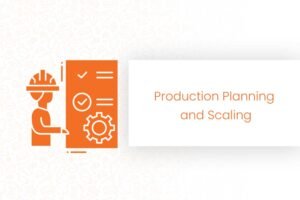
8. Phase 7: Marketing Strategy & Launch (Days 86-90)
How to Plan a Perfect Go-to-Market Strategy
A strong go-to-market strategy is important for a successful product launch. Find the best channels, pricing strategies, and promotional strategies to reach your target audience. Marketing strategy can change your entire game.
Digital Marketing Tactics
Don’t miss the opportunities to use digital marketing strategies, including social media, SEO, and influencer marketing, to promote your product.
Creating a Launch Event and Product Samples for Distribution
If possible, give it a big entry. Organize a product launch event or offer product samples to create buzz around social media for your food product and engage potential customers.
Collaborate with Retailers and Distributors
Secure partnerships with retailers and distributors to get your product on store shelves.
How to Measure Success and Prepare for Scaling
Track your product’s performance post-launch and analyze sales, customer feedback, and market trends to plan for future scaling.

How to Sell Your Recipe
Selling a recipe can be a great business opportunity if done right. Whether you’re a food entrepreneur or a professional recipe developer, knowing how to sell your recipes smartly can create major revenue streams. Here’s how you can approach it:
- Licensing Your Recipe
Licensing your recipe means that you allow others to produce and sell your recipe under agreed-upon terms. This option allows you to retain ownership of the recipe but receive royalty payments for each product sold.
How to License:
- You have to find the potential partners: Look for food companies, manufacturers, or retailers who match with your product’s concept.
- Negotiate the terms: Discuss royalty fees, duration, and exclusive rights.
- Draft a licensing agreement: Make sure all terms are clear, including intellectual property (IP) rights.
- Selling to a Food Manufacturer or Brand
Selling your recipe to a well-established food brand or manufacturer is another good option. In this case, you sell the recipe outright, and the company takes on the responsibility of production, marketing, and sales.
How to Sell:
- Research potential buyers: What you have to do is look for brands that could benefit from your product.
- Prepare a professional pitch: Highlight the uniqueness of the recipe and the market potential. Your pitch can be an amazing chance for you to shine.
- Submit to multiple companies: Increase your chances of success by presenting to several food companies at once.
- Direct-to-Consumer Sales (via a Product)
If you want to keep more control over your recipe, you can launch it yourself as a standalone product. Selling directly to consumers allows you to build a brand around your recipe.
How to Sell:
- Develop a production and marketing plan.
- Create a website or an e-commerce platform.
- Promote the product through social media and influencer marketing.

Case Studies That Speak for Themselves
Tata Soulfull – Taking Millets to the Masses
Challenge: The brand Tata wishes to promote healthy, traditional Indian millets in a modern format that appeals to urban families.
What Happened: You know what they partnered with a food technology consultant to create millet-based snacks and cereals that are tasty, quick to prepare, and kid-friendly.
Result: Today, Soulfull is a household name. Their Ragi Bites and Millet Muesli are top sellers in the healthy food aisle.
Amul’s Chocolate Range – From Dairy to Delicious Treats
Challenge: Amul wanted to expand its products beyond dairy into chocolates and compete with global brands.
What Happened: With the help of advanced food manufacturing technology and recipe development, they created a wide range of chocolates, from milk to dark, and even protein bars.
Result: Amul chocolates are now a major player in the Indian chocolate market, with growing export demand.
Your Food Innovation Journey Starts Here
Food product formulation is a mixture of art and science. For a successful brand launch, you need an expert food technology consultant who can guide you and lead your brand towards success.







